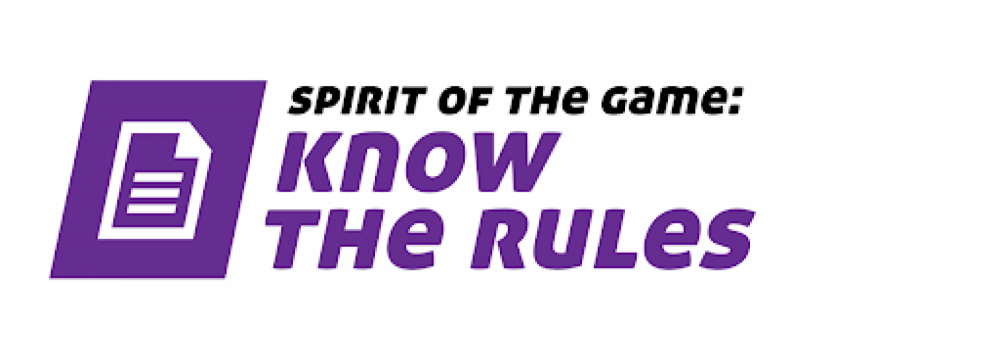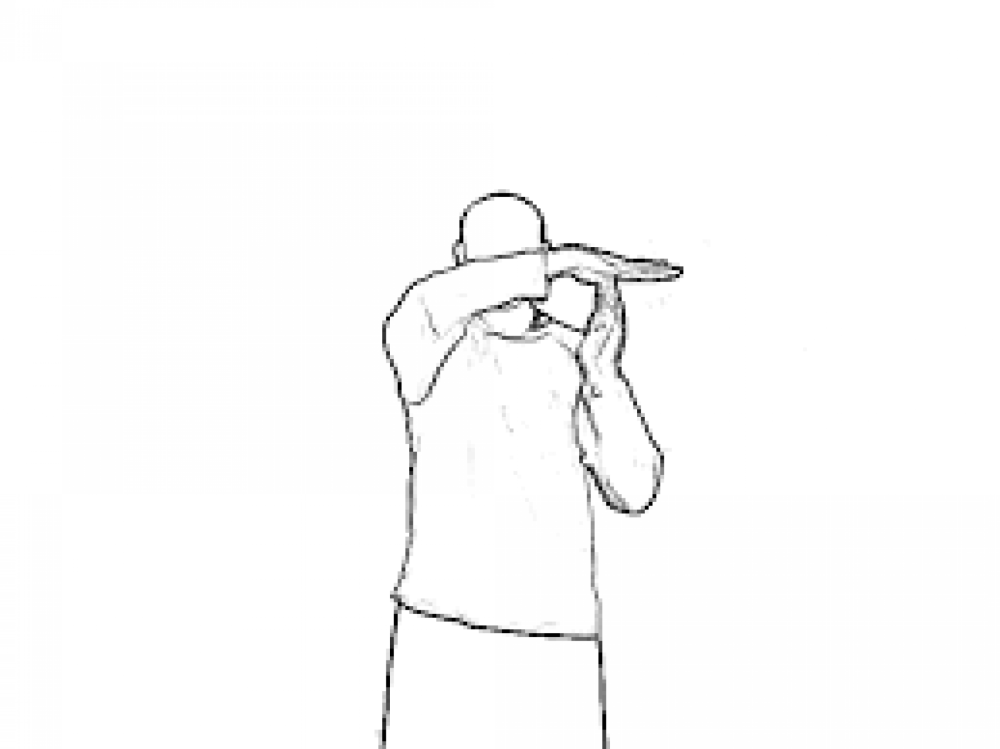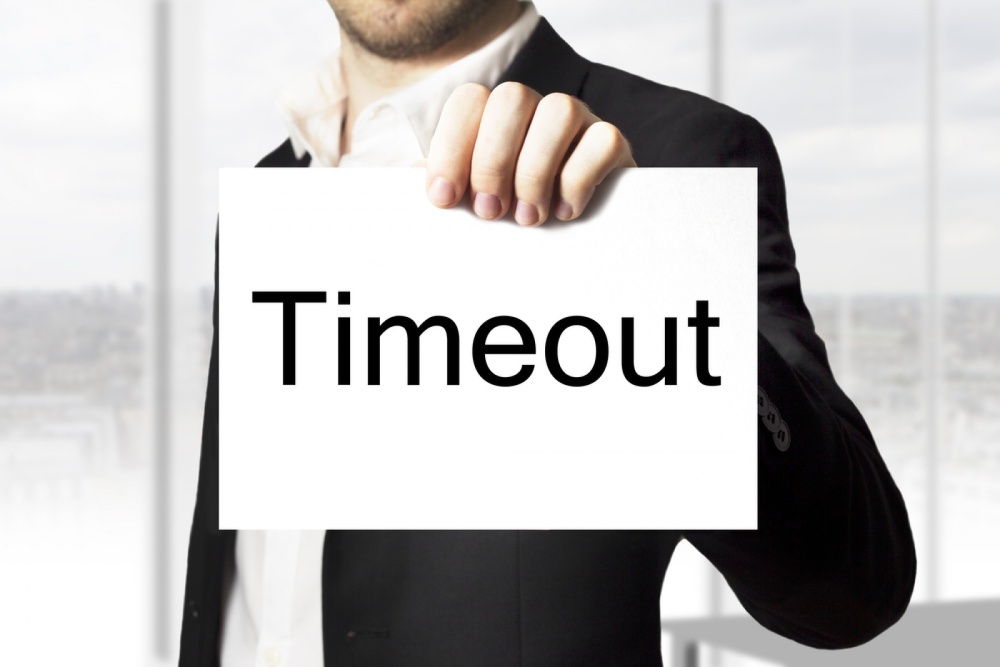MODS will be releasing a series of news stories over the next few months to help explain the changes to the rules of Ultimate which have been adopted by the World Flying Disc Federation (WFDF) and Ultimate Canada (UC). The monthly stories are here to help understand the new rules and will be vetted by Operations Director Corey Draper and Manitoba's top Observer, Josh Drury.
Rule Update #7 - Timeouts
The new 2020 / 21 rules have made some important changes to timeouts that you should be familiar with. The full section on timeouts is listed below but we wanted to draw your attention to the key changes and make sure people are aware of our own Winnipeg Ultimate League Rule amendments. This update is fairly large and to ensure we don’t lose something in translation we have broken this update into 2 parts. Part 1 will deal with any changes to Timeouts, while Part 2 will specifically deal with the new “Spirit Timeout” and how that will affect our own Winnipeg Rule Amendments.
- If the disc is live or in play, the penalty for calling a timeout when there are none available is that the stall count is resumed with the number last uttered before the timeout call plus three. It is no longer an automatic turnover. (7.B.5) [wfdf]
- Added that an injury timeout should be called for a bleeding player. The bleeding player’s wound must be effectively covered within 70 seconds, or they must be substituted. (7.C.7) [safety]
- The disc may now be returned to the thrower if a dangerous condition is discovered after the disc is in the air or while the thrower is in the act of throwing. (7.D.1.a) [safety]
- Added the procedure for a spirit timeout. (7.E) [resource] – This is covered in Part 2 of this update.
- Number of timeouts per game for MODS leagues per our WUL Amendments is 1 per half plus a floater. Check tournaments and other leagues rules for specifics on this.
- Unless stated other wise MODS Indoor leagues don’t have timeouts.
Full Rule from USAU listed below with the Spirit Foul section removed for the second update…
7. Timeout
A. A timeout stops play and suspends time limit counts.
B. Team Timeout: Each team has two team timeouts per half in a standard game.
1. A team timeout lasts 70 seconds.
2. Any player may call a timeout after a goal is scored and before both teams have signaled readiness to start play. Time limit counts between points are suspended for 70 seconds. A timeout may not be called between a re-pull call and the ensuing pull.
3. After the pull, only a thrower with possession of the disc that has survived ground contact can call a timeout. The player must form a T with one hand and the disc, and should audibly say "timeout." The timeout begins when the T is formed. The disc is then placed on the ground at the pivot spot.
4. Restarting play after a timeout called by a thrower:
a. All players at the time of the timeout call must return to play unless an injury timeout also is called.
b. Each offensive player must establish a stationary position by the end of the timeout. Movement after this time and before the disc is checked into play is a violation. The defense has ninety seconds after the beginning of the timeout or up to twenty seconds after all offensive players have established their positions (whichever is longer) to check the disc into play.
c. The player who had possession of the disc when the team timeout was called restarts play with a check at the pivot spot, and the marker resumes the stall count with the word "stalling" followed by the last number uttered before the timeout plus one or 9 if over 8, however 15.A.4 applies.
d. If the time limits for the timeout are exceeded by one team, a player on the other team may announce "delay of game" and the player at the location the disc is to be put into play may self-check the disc into play without acknowledgment by the opposing team. In order to invoke this rule a player must give warnings of 20, 10, and 5 seconds.
5. If the disc is live or in play and the thrower attempts to call a timeout when the team in possession has no timeouts remaining, play is stopped. The marker resumes the stall count with the number last uttered before the call plus three (e.g. if the timeout was called after a stall count of two, play would resume on a stall count of five). If this results in a stall count of ten or above, this is a turnover.
C. Injury Timeout: A timeout called for a player injury. During an injury timeout, the health and safety of the injured player are of primary concern.
- Any player on the injured player's team may call an injury timeout.
- The timeout is retroactive to the time of the injury, unless the injured player chooses to continue play before the timeout is called, in which case, the timeout begins at the time of the call. If the disc is in the air or the thrower is in the act of throwing at the time of the injury or of the call when the player has continued play, the timeout begins when the play is completed.
- Restarting play after an injury timeout: a. If a player in possession leaves the field following an injury, the replacing player takes possession. b. Play restarts at the appropriate spot with a check and the marker resumes any stall count with the word stalling followed by the last number uttered before the injury timeout started plus one or 9 if over 8. The substitution of the thrower or marker does not alter the stall count. c. All players must resume their locations on the field at the time the injury timeout began (i.e., players may not set up), unless a team timeout is also called.
- If the injured player does not leave the game after an injury timeout, that player's team is charged with a team timeout unless the injury was caused by an opposing player. If the team being charged with the timeout is also the team in possession and has no timeouts remaining, it is a turnover.
- If an injury timeout is called during a team timeout, the opposing team must be notified as soon as the injury is discovered (8.A.2).
- If an injury timeout is called between points, all time limits are suspended until the injured player is removed from the field.
- Any player, coach, or observer should call an injury timeout for a player who is bleeding or has an exposed open wound. a. This timeout takes effect when the call is made (i.e., is not retroactive to the time of injury). If the disc is in the air or the thrower is in the act of throwing at the time of the call, the timeout begins when the play is completed. However, the disc is returned to the thrower if avoiding potential contact with the bleeding player is determined to have affected the play. b. This timeout may last up to 70 seconds, during which time the injured player must have the wound effectively covered in order to return to the point in progress. c. If play cannot be restarted with the injured player's wound effectively covered in 70 seconds, the player's team may either
- replace the injured player according to 7.C.3, or
- call a team timeout, if they have one, in order to extend the time frame to have the wound effectively covered and leave the player in the game. d. A bleeding or exposed open wound is "effectively covered" if it is covered with a dressing sturdy enough to withstand the demands of activity and able to prevent bodily fluids from coming in contact with other players. e. Any player whose clothing has blood on it must have the affected areas disinfected or must change the clothing before returning to play. f. Whether a player may return to play is determined by appropriate medical staff. If medical staff is not available, captains and coaches may agree that a wound has been effectively covered and any clothing issues have been addressed. D. Technical Timeout: A technical timeout may be called



